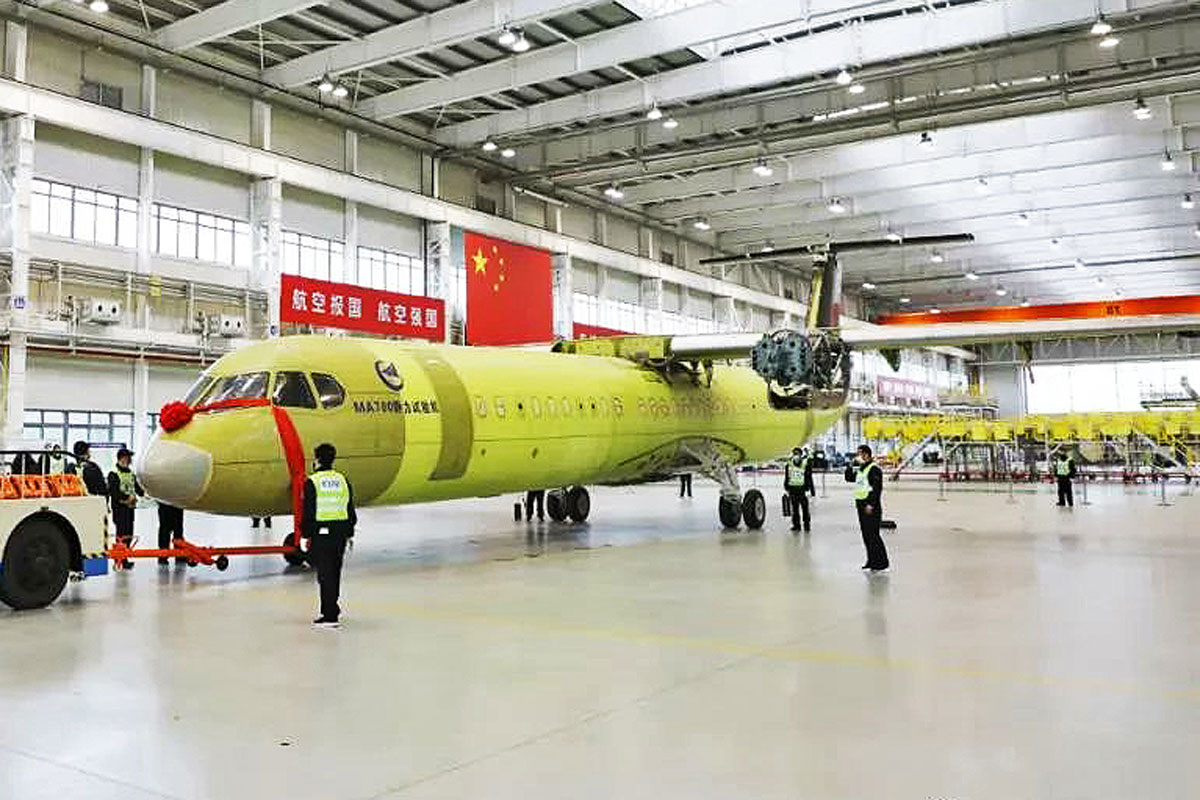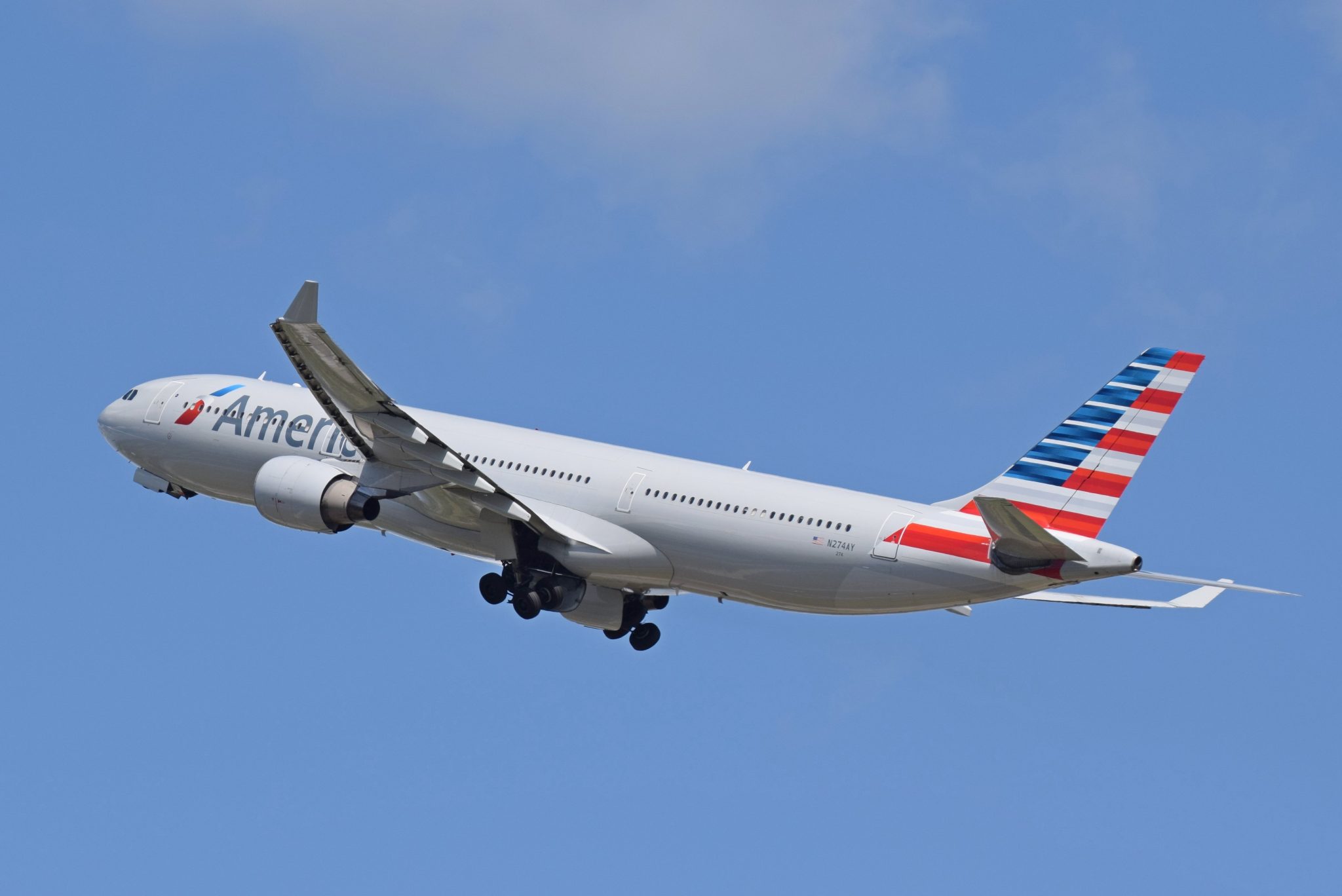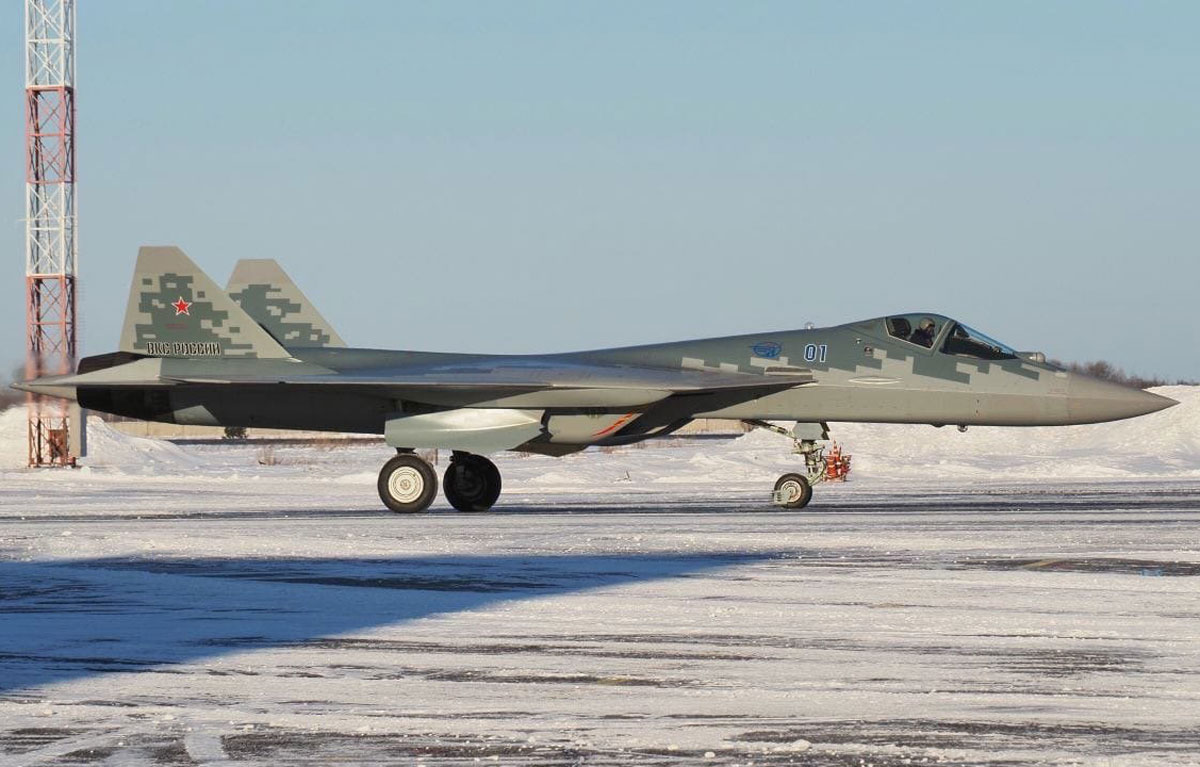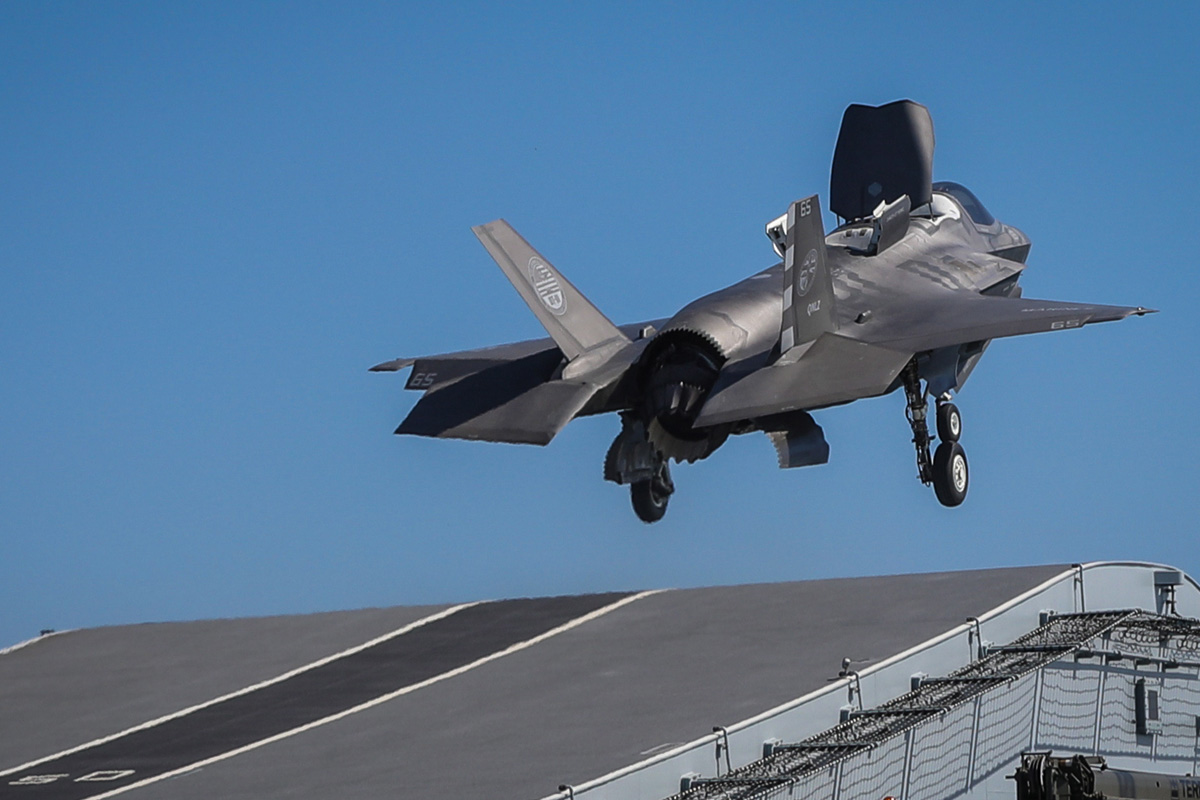For those who think that the drama experienced by Boeing in the 737 Max program is just an unfortunate coincidence, it is worth knowing the troubled career of the KC-46A, a 767 aerial refueling variant that was chosen by the USAF to replace the old and reliable KC-135.
After a long battle with Airbus and General Dynamics for the contract with the Air Force, the manufacturer plunged into an endless nightmare with the project. Incredibly higher costs, delays and problems have occurred with the program which, even after entering service last year, accumulates serious failures, the most recent of which is astonishing: the KC-46A is leaking fuel in an unexplained manner.
With a capacity to carry almost 100 tons of fuel, the tanker flies with escaping kerosene, placing its occupants in what the USAF considers a category 1 defficient when it “may cause death or severe injury; may cause loss or major damage to a weapon system; critically restrictedts the combat readiness capabilities of the using organization; or results in a production line stoppage ”.
The leaks began to be detected in July 2019, but this week they were considered serious by the Air Force, which issued a statement saying it is working with Boeing “to determine the root cause and implement corrective actions. The KC-46 program office continues to monitor the entire KC-46 fleet and is enhancing acceptance testing of the fuel system to identify potential leaks at the factory where they can be repaired prior to delivery. Boeing is contractually obligated to remedy this deficiency at no additional cost to the government “.
Difficult connection with A-10
Boeing has ensured that the KC-46A is safe even with the leak as there are two protective barriers between the fuel and the crew, however, it has not detailed the reasons for the failure so far.
With about three dozen aircraft delivered, the KC-46A was supposed to be a low-complexity program for Boeing, after all it supplied the two USAF aerial refueling planes used today, the KC-135 and the KC-10, variant of the DC-10 produced still in the days of McDonnell Douglas.
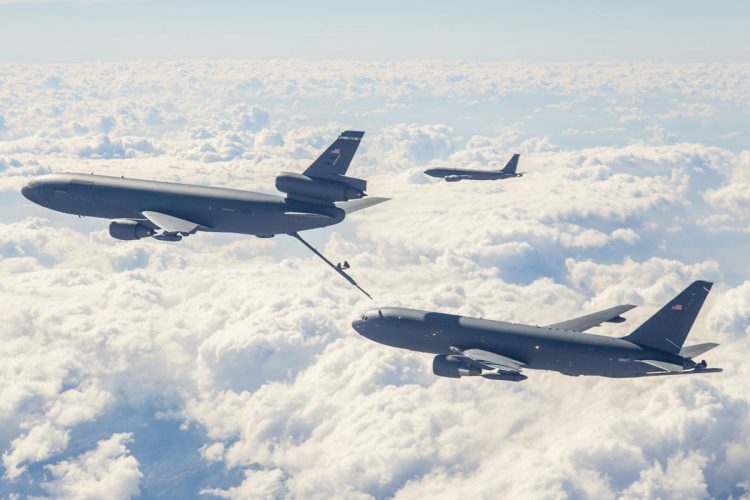
Despite this experience and the fact that the 767 is already used in this mission in other countries like Japan, the KC-46A has flaws that sound somewhat unlikely as loads that come off due to defective locks and a camera system on the boom refueling that distorts the image and makes the operation risky.
The most notable problem with the KC-46A, however, is not being able to adequately refuel the A-10 Thunderbolt, a veteran attack aircraft. As it is slower than other jets, especially at high altitude, it does not have enough power to fit its fuel receptacle and the disconnection can also be done improperly, according to the USAF.
Surrounded by problems of all kinds and pressured by billionaire debts deepened by the coronavirus crisis, Boeing will have to address the KC-46A’s shortcomings while completing the delivery of the 67 units ordered. And having to bear the increasing loss of the program.


